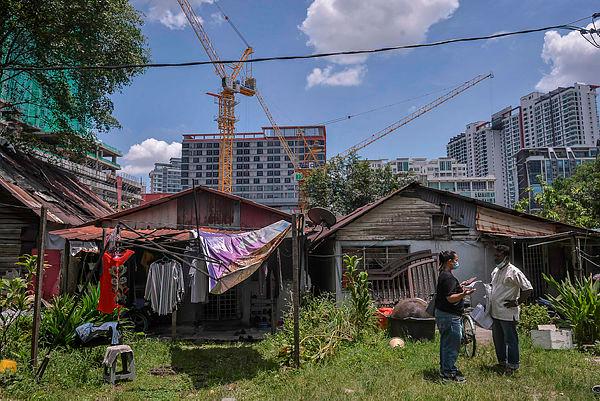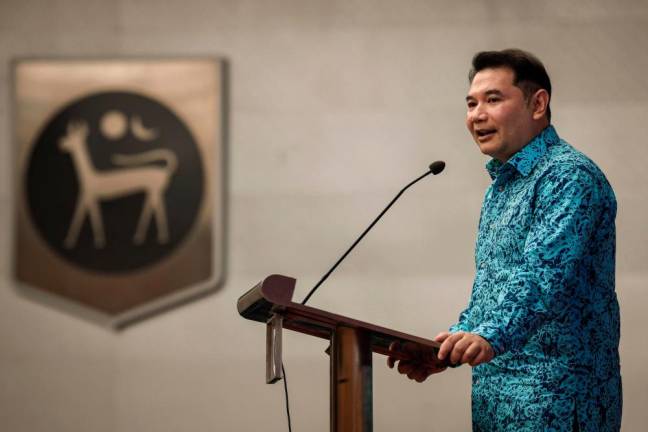PETALING JAYA: People who live in Kuala Lumpur are better off than their counterparts in several other Southeast Asian cities. At least that is what a recent survey shows.
The survey by online shopping aggregator iPrice Group revealed that the cost of living in Malaysia’s biggest commercial hub was the lowest among six Asean cities surveyed.
It also indicated that average income per person was the second highest among the same six cities.
However, economists said this does not mean that the people in Kuala Lumpur are living a comfortable life.
The survey revealed that the net salary in Kuala Lumpur was RM4,259, but a person will have to earn only RM3,262 to enjoy a decent standard of living.
Across the causeway, it costs the equivalent of RM10,195 for a Singaporean to enjoy a similar lifestyle.
Bangkok was indicated as the second most expensive, at RM4,387, followed by Manila (RM4,325), Jakarta (RM3,493) and Ho Chi Minh City (RM3,373).
However, this is just a rosy picture at best. A large proportion of the city’s population are still on minimum wage, which is RM1,200 a month, just a third of what an average person needs to get by, at least according to the iPrice estimate.
Sunway University Business School professor of economics Dr Yeah Kim Leng said the data, if realistic, augurs well for the city.
“It means that the average resident in Kuala Lumpur earns more than enough to cover his cost of living and may even have a surplus to save or to cope with any increase in expenditure,” he told theSun.
However, he said a more accurate assessment is possible only if the income distribution and profile are analysed.
“That will determine how many people are actually just making ends meet,” Yeah added.
Independent think-tank EMIR Research head of social, law and human rights, Jason S.W. Loh, said affordability should be taken in the right context before an accurate assessment is possible.
“Granted that eating out in Kuala Lumpur is cheap, but home and car ownership are still beyond the reach of many. There is an anomaly here.”
Interest rates on savings have also been on the decline, while household debts continue to rise.
“Debt servicing is eating into the household monthly income.”
Loh said it must also be noted that those in the B40 and lower M40 groups do not earn enough to survive.
“The minimum wage does not reflect current consumer prices or is not proportionate to the cost of living, especially in areas such as the Klang Valley.”
“In fact, the minimum wage is not only failing to keep up with the cost of living, more importantly, it has not kept pace with real inflation,” he added.
According to a Bank Negara Malaysia report from 2016, at least 27% of Kuala Lumpur residents were earning wages that were insufficient to cover the cost of living.
Loh said the iPrice conclusion that Kuala Lumpur was the best city to live in and that its residents have a better quality of life than their counterparts in other Southeast Asian cities is inaccurate.
“This is true only for those in the high M40 (higher middle income group) and T20 groups (high income group).”
He added that the slow pace of minimum wage increment has to be compensated with the provision of adequate, safe, quality and well-maintained facilities and amenities and accessibility in terms of public transportation and more.
“The minimum wage might have to be slightly adjusted to keep up with the times.”









